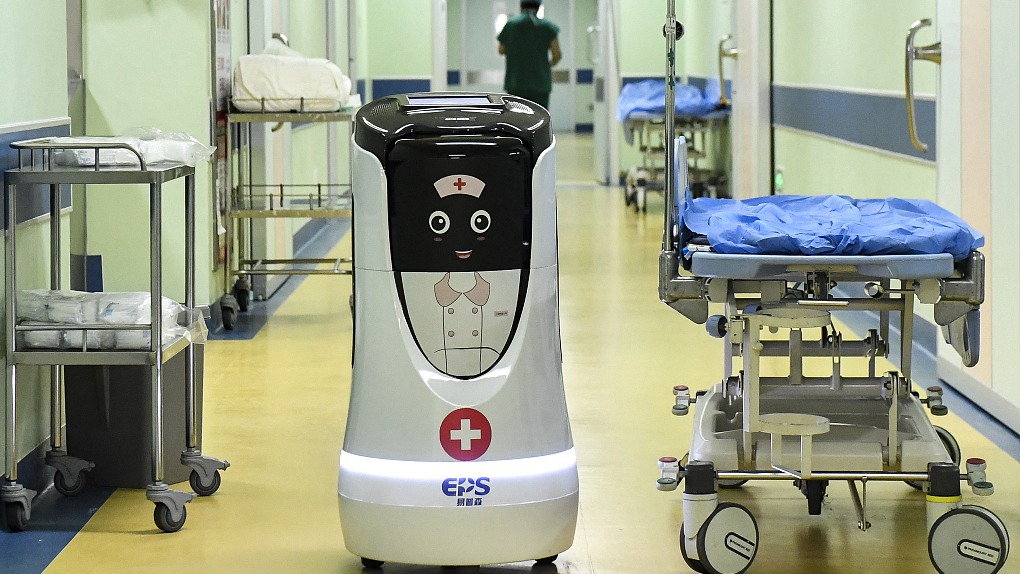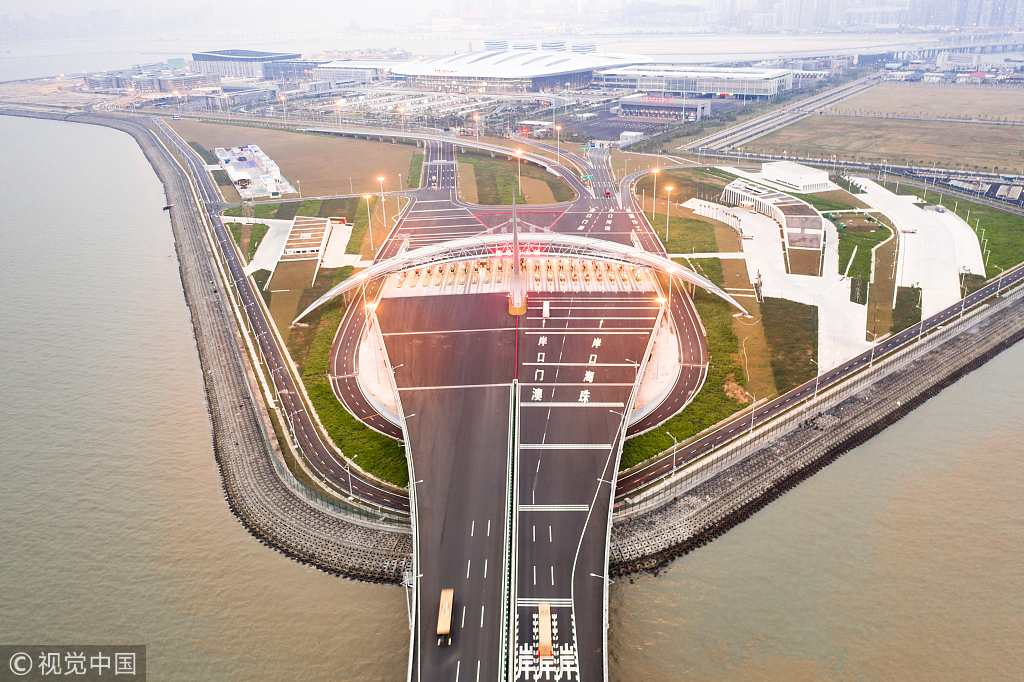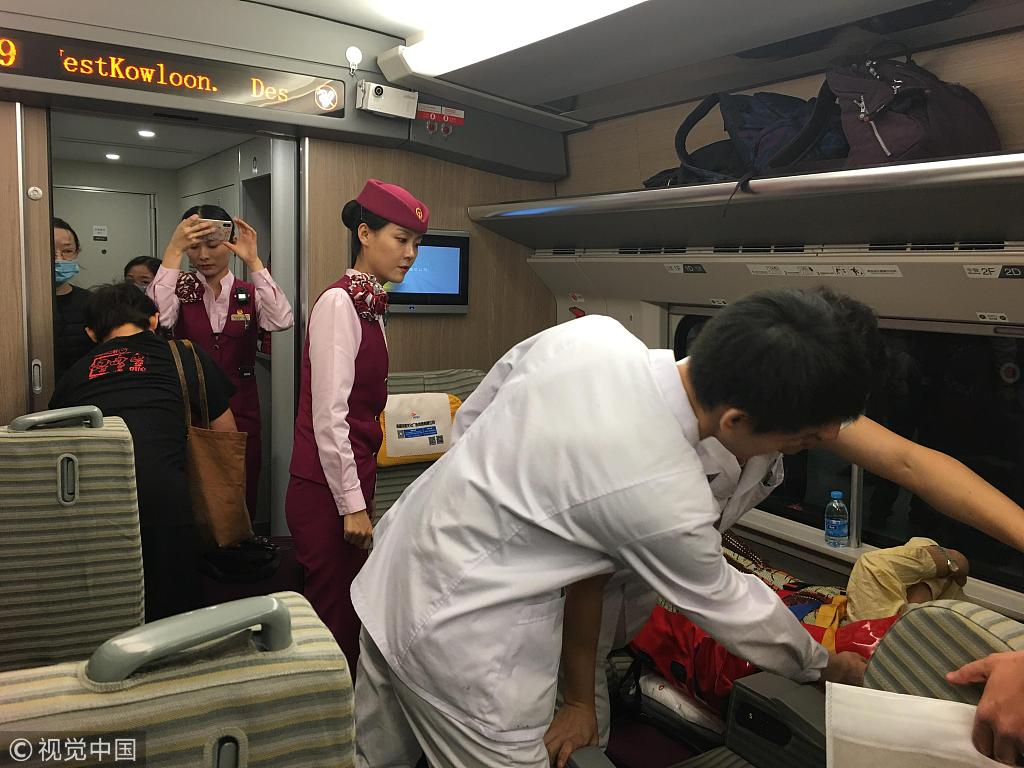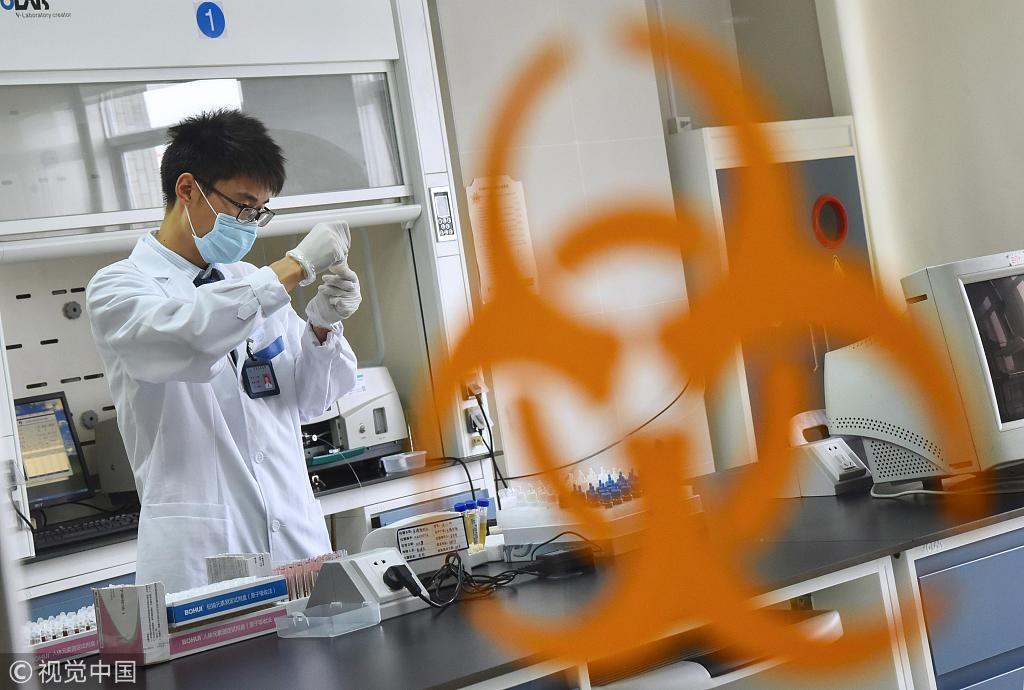
Opinion
15:04, 29-Jan-2019
Opinion: An integrated Greater Bay Area begins with health cooperation
Liu Jinwei and Feng Da Hsuan

Editor's note: Liu Jingwei is the CEO of Chengdu Aurora Medical Technology Inc. and former IBM Health Care Business Development Leader; Feng Da Hsuan is the Chief Advisor of China Silk Road iValley Research Institute, former Vice President of Research, the University of Texas at Dallas and Advisory Board Member of Aurora Healthcare U.S. Corporation.The article reflects the authors' opinions, and not necessarily the views of CGTN.
With the unveiling of the Hong Kong-Zhuhai-Macao Bridge across the Pearl River Delta region in 2018, the "economic belt" of the Guangdong-Hong Kong-Macao Greater Bay Area (hitherto known as GBA) has started to take shape.
Looking at the world's three major bay areas in New York, San Francisco and Tokyo as examples of transformation, the GBA needs to enhance its ties with the region. To this end, for the GBA general public, it is quite transparent that medical health should be, and is, one of its foremost concerns.

An aerial view of Hong Kong-Zhuhai-Macao Bridge. /VCG Photo
An aerial view of Hong Kong-Zhuhai-Macao Bridge. /VCG Photo
First of all, if the GBA wants to attract overseas talents, the area needs to address how it will provide medical treatment for families. Furthermore, while in the GBA there are regions such as Hong Kong and Guangzhou that do possess high-quality medical resources, there are also regions where medical resources are scarce and below par.
Ultimately, with GBA confronting significant regional economic development gaps, the urgency is to seek a fair and efficient way to provide the highest possible medical services for the population at large.
A significant first step of GBA health care equalization was taken some years ago when the leading health care provider of medical services in the region, Hong Kong University's Faculty of Medicine, established a hospital in Shenzhen. This is a clear signal that Hong Kong and the Chinese mainland can cooperate in the medical care arena.
Having taken such a step, it laid a foundation for additional steps to be taken in the foreseeable future. For example, one could think of developing and upgrading the integration of the medical system in the GBA via social infrastructure interconnection.

Guangdong Civil Aviation Medical Express escorting a patient from Fuzhou to Hongkong, November 11, 2018. /VCG Photo
Guangdong Civil Aviation Medical Express escorting a patient from Fuzhou to Hongkong, November 11, 2018. /VCG Photo
Indeed, actions such as medical services resource sharing, quality improvement, holistic accessibility and convenience and achieving medical services equalization and homogenization are all within grasp.
Indeed, with the GBA's population growing demand for mature medical health care, there is no doubt that eventually from the bottom-up, a new universal health service system must and will be constructed for the region, one which will effectively induce active participation from the population at-large.
However, to achieve the above vision is not without arduous hurdles. On the one hand, it would require unprecedented medical information infrastructure interconnection, and on the other, it also needs to achieve a profound integration of medical service processes and management and medical systems. The difficulties one encounters here is not simply in the application of advanced technology, but also in profound system transformation and innovation, which require mindset alteration.
It is well known that on the macro-scale medical care is an attribute of social public goods and on the micro-scale, a personal health need. Therefore, with the macro and micro simultaneously at play, what should be the responsibilities of the government and the individuals? Should medical treatment be dominated by administrative regulation or by market competition? The current global medical system framework facing this dilemma has yet to reach a consensus, especially on institutional arrangements. In fact, this is a global medical crisis for both developed and developing countries.
Currently, medical treatment is a market with severe information asymmetry between the provider and the patient. Indeed, the information asymmetry is abounded with producers of the services having vastly greater information than the consumers. In fact, consumers do not know what they are purchasing, the quality of what they are purchasing, or even if what they are purchasing will improve their health conditions.

A private hospital in Dongguan, Guangdong province. /VCG Photo
A private hospital in Dongguan, Guangdong province. /VCG Photo
In the above scenario, simply by applying a market mechanism is not feasible.
However, with the development of information technology with a rapid upsurge of artificial intelligence can unquestionably compensate for the shortage of medical knowledge among patients, grassroots medical staff and medical administrators. It will undoubtedly render medical services (more) transparent.
This is why with the development of information technology today will, and to a certain extent, has already profoundly shaken the fundamental cornerstone of the medical field's information asymmetry and is likely to give rise to a new global medical market.
For the GBA, imposing institutional innovation has a unique late-comer advantage when compared to other bay areas in the world. After all, the GBA has the unique feature of having “one country, two systems and three legal systems.” Although to integrate them would be a challenge, the region fundamentally carries deep “Chinese characteristics” in that the socialistic and capitalistic systems are intertwined.
It should be noted that at least in the field of health care, socialism and capitalism appear to have complementary advantages. Among all the bay areas, GBA is the only one which combines both strengths. It can, on the one hand, allow the government to assume a leadership role in equalizing medical services and on the other hand, allow the market to play a decisive role in configuring medical resources by utilizing information technology in order to achieve the important population's refined and precise health management.
Some four decades ago, China boldly established the Shenzhen Special Economic Zone (SSEZ). By now, it is a globally recognized SSEZ as a highly successful and robust Chinese model for “reform and opening-up,” and which has palpably impacted China in an inestimable and holistic manner. Fast forward to the current, utilizing state-of-the-art technological innovations, we are equally confident that with courage, the GBA development shall emerge as a special zone for health reformation and bestow humanity with a new social governance system.
(If you want to contribute and have specific expertise, please contact us at opinions@cgtn.com)

SITEMAP
Copyright © 2018 CGTN. Beijing ICP prepared NO.16065310-3
Copyright © 2018 CGTN. Beijing ICP prepared NO.16065310-3